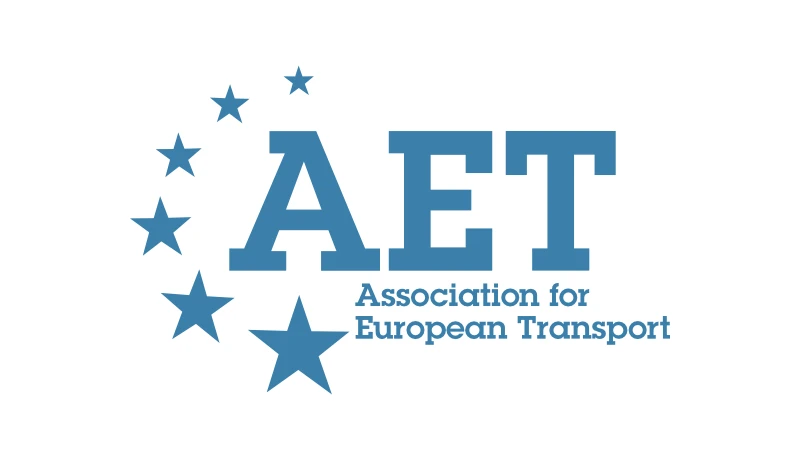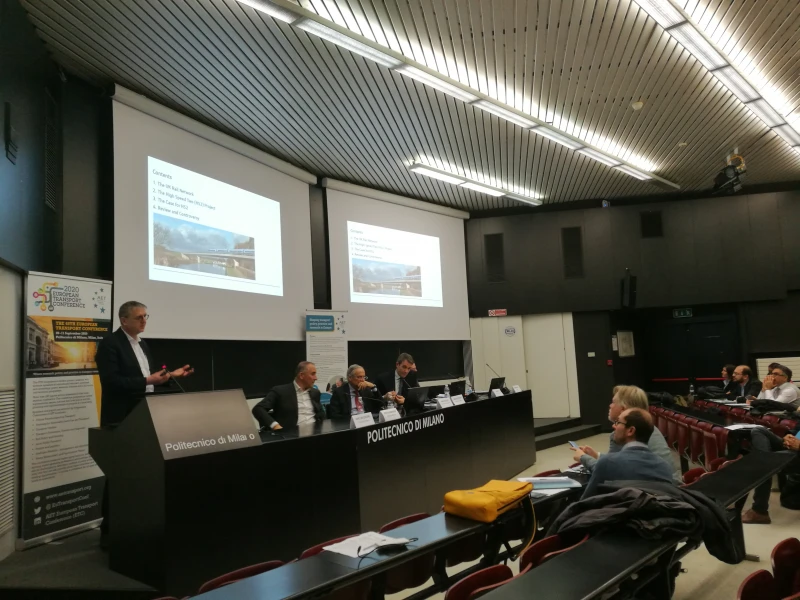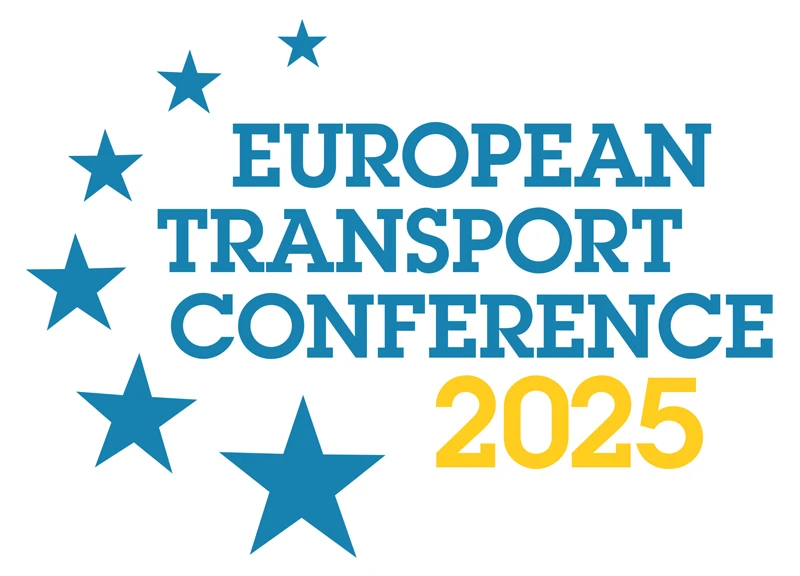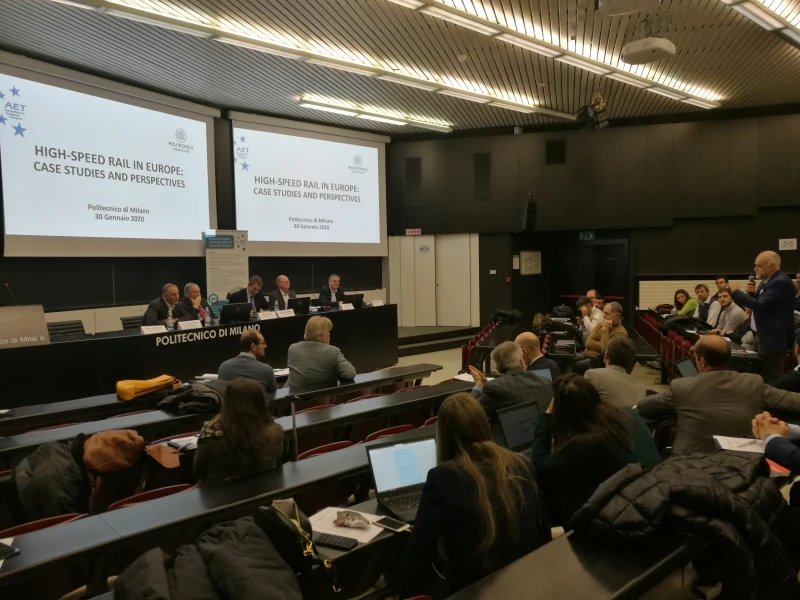-
Past ETC Papers
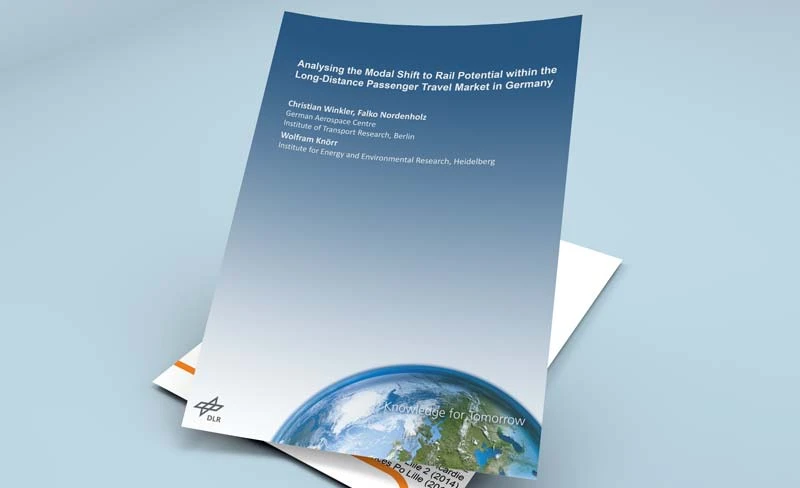
Browse, search and view papers from the past AET Conferences.
-
Members' Area
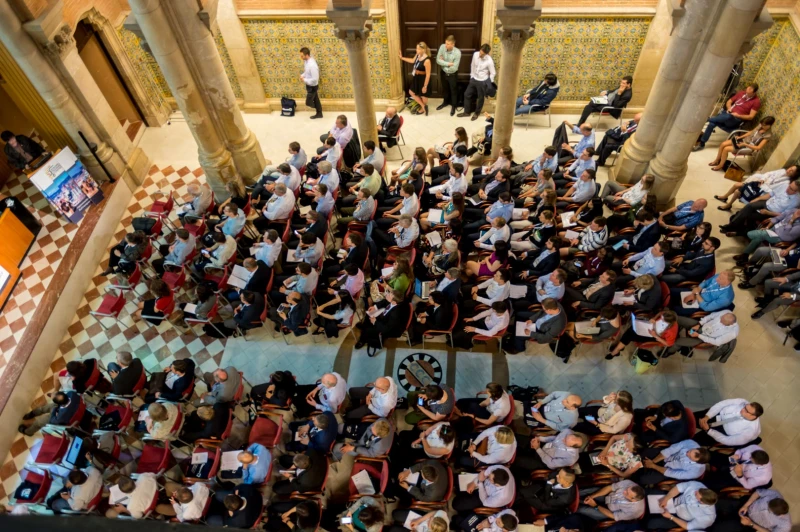
AET promotes networking and exchange of ideas, information and opportunities amongst members.
Conference Papers 2020
Online
ETC Conference Papers 2020
A model-based evaluation of long-distance transport policies and scenarios
Seminar
Day 2 (10 Sep 2020), Session 6, National Transport Models, 15:30 - 17:30
Status
Accepted, documents submitted
Submitted by / Abstract owner
Paolo Beria
Authors
Paolo Beria, Samuel Tolentino, Andrea Debernardi, Emanuele Ferrara, Gabriele Filippini, Alberto Bertolin
Short abstract
The paper presents a national-scale transport model of Italy, applied to assess a broad range of transport policies, including pricing options (highway, rail transport) and some megaprojects.
Abstract
Transport models are broadly used for local scale simulations. Cities and regions commonly back their choices with transport models, which estimate the effect of projects and policies and possibly feed socio-economic and environmental evaluations. But when moving at the national scale, such applications are by far less common and decisions are often based on single-projects assessments rather than on a comprehensive planning.
The aim of this paper is to present the first application of the national-scale transport model of Italy to assess a broad range of transport policies, including some megaprojects. In particular, we will test the effect on Italian transport system of a) Fuel price variations; b) Removal of motorway tolls; c) Reduction of speed limit on motorways; d) change in Public transport fares; e) Completion of a motorway missing link (the “Tirrenica” highway between Livorno and Rome).
The model used is a standard 4-steps model, adapted to the description of long-distance transport, based on about 1800 zones and including the entire Italian long-distance supply (air, rail, coach, ferries, private transport). Public transport, in particular, is described through the real timetable and considers the possibility of a sequence of transport legs and interchanges. Differently from local applications, the generalised cost includes also real fare functions, to take into account the different pricing strategies adopted by companies and possibly also the level of competition. Demand is described through 6 main travel purposes, plus a range of sub-purposes for personal trips (e.g. visit to relatives is different from visit to hospitals).
The model provides estimations of the effects of the previously mentioned policies and projects in terms of change in current demand (travel time, distance driven, fares), modal share, maps of assigned flows.
Results show that the effects of the five tested scenarios in terms of ridership, travel costs and assigned network are quite different and clearly depend from the existence of alternatives. In general, without changing the level of service of public transport, we observe a certain rigidity in the response to cost changes. In particular, public transport is not always effective to absorb significant shocks in road transport costs: if something happens, road users remain on the road and can just pay more in most of Italian territories instead of shifting to public transport. Surprisingly, cities where public transport is more effective are not necessarily those where the shift is larger, just because non-users are captive to car due to their location, whatever is the cost of fuel. Similarly, in most cases, highways are already “unbeatable” today and would not improve significantly their demand even if made free. The effect of a new infrastructure is instead very dependent on the infrastructure itself. The tested case, for example, show how useless the new connection is, since demand is already on a parallel freeway and the limited time advantage is offset by the toll.
Programme committee
Transport Models
Topic
Large infrastructure projects
Documents:

Association For
European Transport
Forester House
Doctors Lane
Henley-in-Arden
Warwickshire, UK
B95 5AW
+44 (0) 15 64 793552
VAT number: 710 1866 64
Conference Supporters & Endorsers

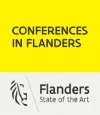


Legal Entity
The Association for European Transport is registered as an Association ('vereniging') with the Chamber of Commerce for Haaglanden in The Netherlands under company number 27170096.
Built on Zenario

